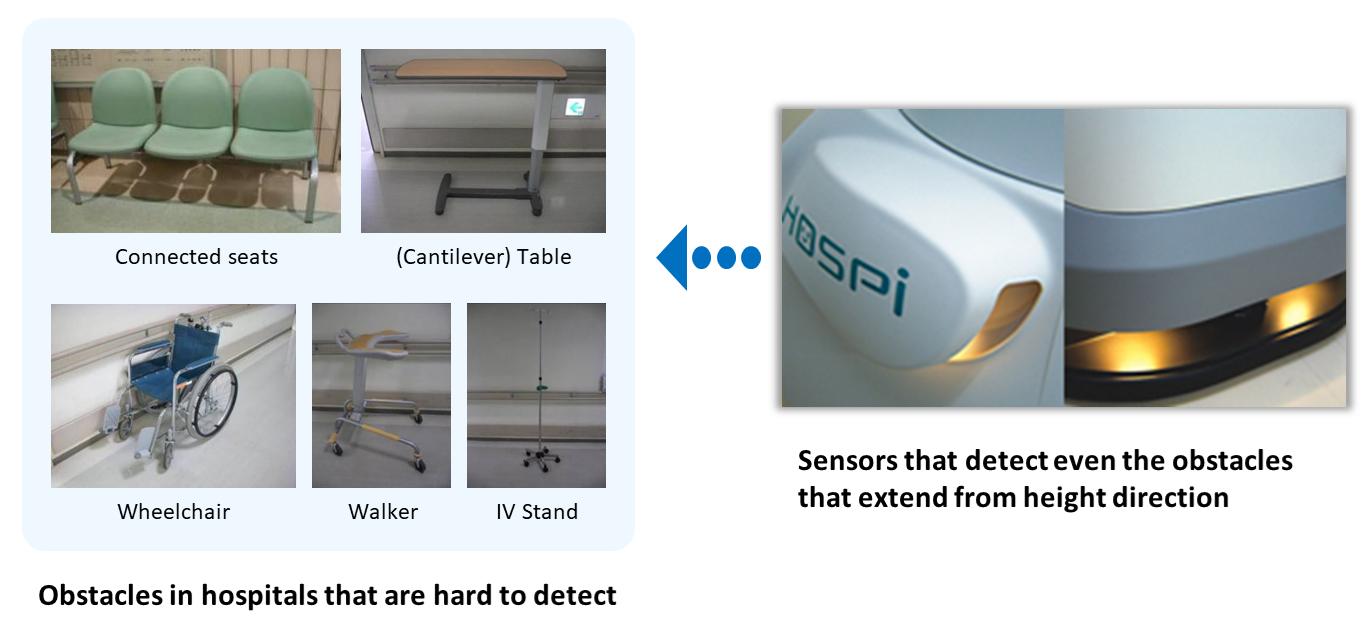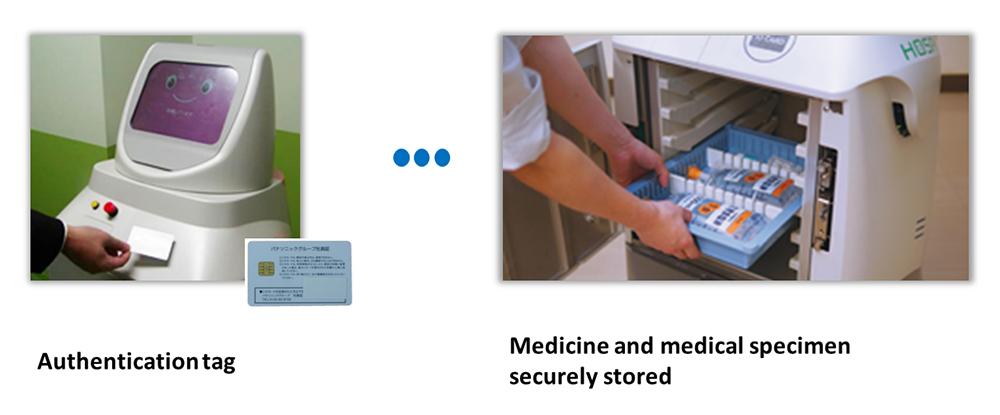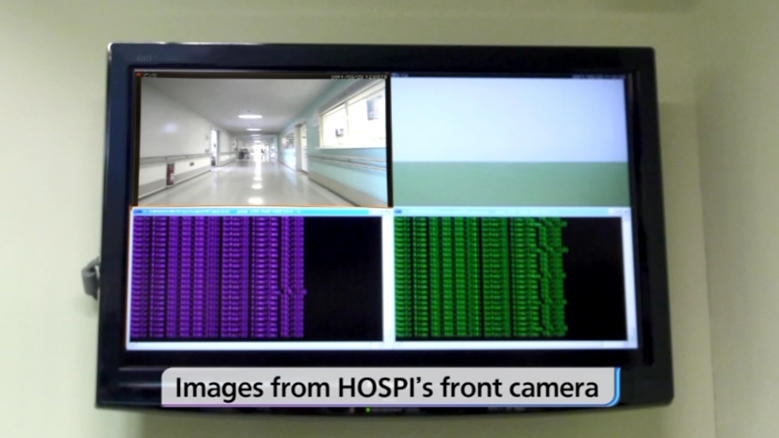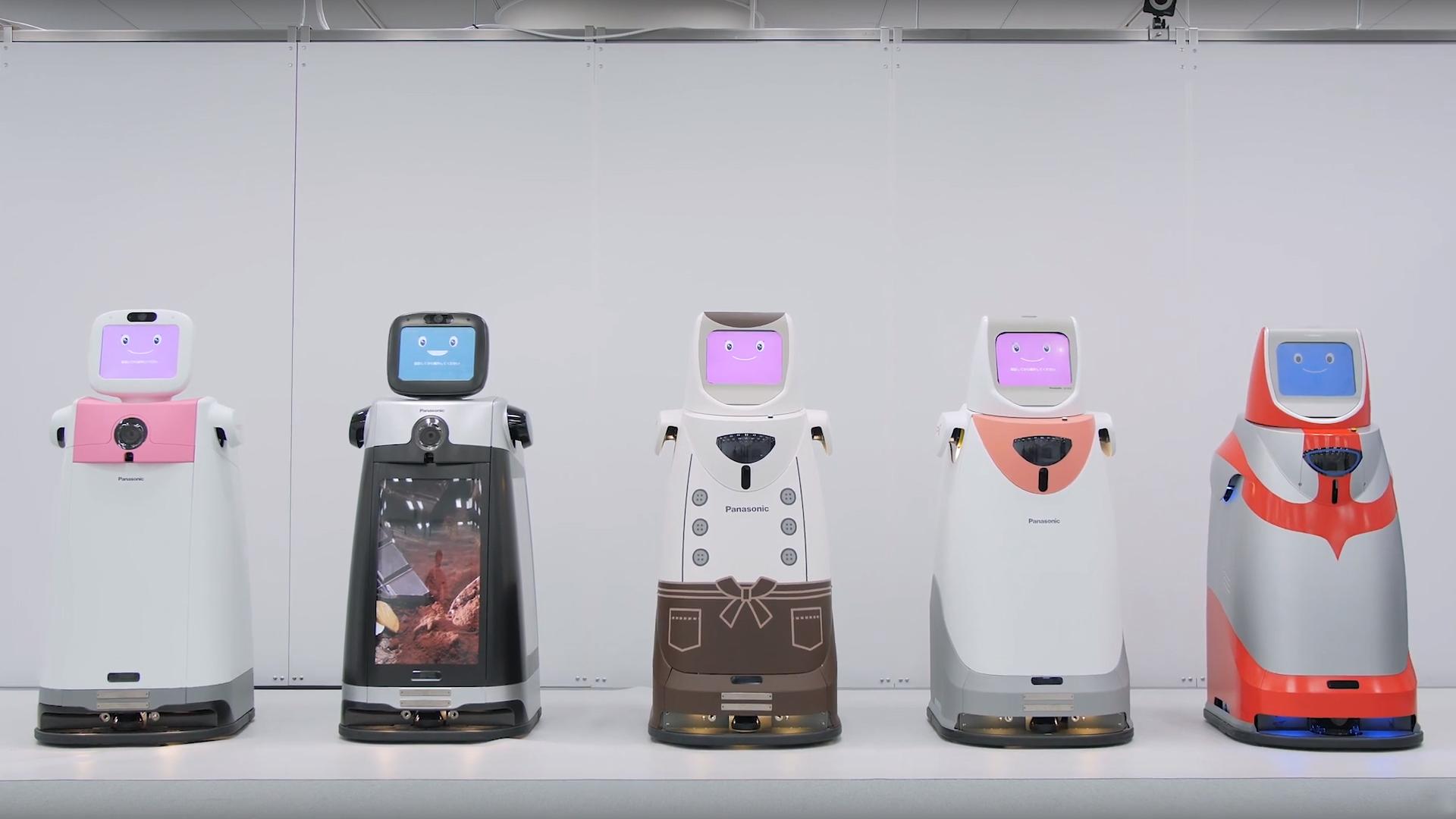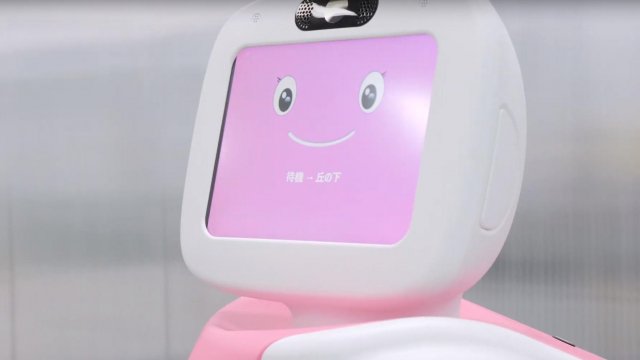
Since its launch in 2013, unique autonomous delivery robot HOSPI® has been playing an active role in hospitals in Japan and overseas to help provide medical support.
Let's take a look at some of the unique values that HOSPI is bringing to hospitals:
Highly accurate self-maneuvering capability within hospital by utilizing the hospital's map data and coordinating with elevators and automatic doors by running operations through a network;
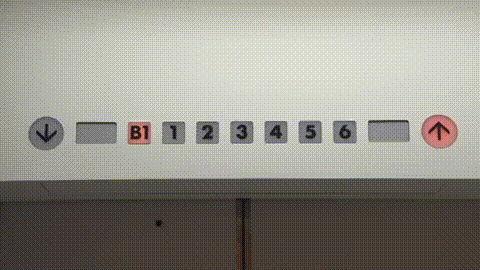
HOSPI taking the elevator by itself
Various kinds of sensors detecting many obstacles varying in shape and even height within indoor facilities such as hospitals to avoid collision;
Authentication tag prevents mistake in delivery and tampering and theft during delivery of medicine, medical samples and injections, etc; and
Relaying of information among multiple HOSPI to the control center to record the trajectory and location of the robots at all times.
With the above capabilities, HOSPI allows medical practitioners to spend more time and energy in attending their patients and the robot will continue to contribute to the provision of safe medical support in hospitals.
Expanded Applications
(From the left: Second Gen Medicine & Medical Sample Delivery HOSPI, Mobile Signage HOSPI, Beverage Delivery HOSPI, First Gen Medicine & Medical Sample Delivery HOSPI, ULTRAMAN HOSPI)
The development of HOSPI was first launched in 1998 with an aim to proving solution to pressing social issues such as aging society and declining population.
The knowledge and knowhow accumulated over two decades of research and development, as well as feedback gained after showcasing HOSPI in exhibitions, have led to an evolution in its applications:
- Mobile Signage HOSPI: To be deployed in locations in which people gather, such as hospitals and airports for advertisement or providing guidance by leveraging its communication capability and display.
- HOSPI Cargo (Under development): Developed in accordance with increased demand in delivering heavy items such as large medical equipment and diagnostic materials. A cargo is installed on the rear part of HOSPI to increase delivery capacity to 60kg (internal loading), 8x2 rows of deep medicine trays and 3x50-liter containers.
- Beverage Delivery HOSPI (Under consideration): Although still under consideration, this model - to be deployed in restaurants or cafés - delivers beverage according to customer's order while automatically opening its storage when it has identified the customer who took the order.
There are also optional functions that could be installed upon customer requests, which include:
- Rotating head: a sensor can recognize the presence of nearby individuals, enabling the robot to turn its screen (head) while in motion and greet passersby;
- Remote communication function: by installing a video conferencing system, remote communication is made possible with those in close proximity to HOSPI, making it ideal for providing information; and
- Remote operation function: HOSPI's front-facing camera can be monitored from a separate computer, and the robot itself can be controlled with a joystick. The robot can thus be used for surveillance purposes.
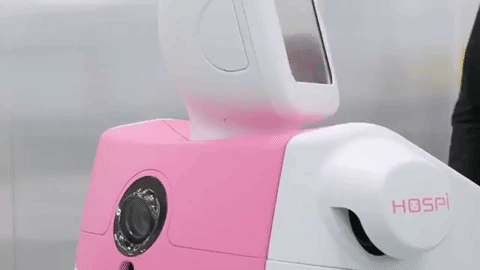
Combining the new applications with optional functions would create new solutions that lead to a more secure and comfortable life.
Main Features
HOSPI
Max. speed: 1m/sec
External dimensions (WxDxH[mm]): 630×705×1390
Weight: Approx. 170 kg
Internal loading capacity: Max. 20 kg
Storage space (WxDxH[mm]): 363×600×390
Continuous operation time*: Approx. 7 hrs
Charging time: Approx. 2.5hrs
Main functions: Autonomous operation using mapped data and environmental recognition, autonomous charging, elevator compatibility, ID card recognition, drive recording.
Additional options: Remote operation, rotating screen
HOSPI Mobile Signage
Max. speed: 1m/sec
External dimensions (WxDxH[mm]): 630×705×1390
Weight: Approx. 175 kg
Internal loading capacity: N/A
Storage space (WxDxH[mm]): N/A
Continuous operation time*: Apprx. 4 hrs
Charging time: Approx. 2.5hrs
Main functions: Autonomous operation using mapped data and environmental recognition, autonomous charging, elevator compatibility, ID card recognition, drive recording.
Additional options: Remote operation, remote communication, rotating screen
HOSPI Cargo (Under development)
Max. speed: 0.8m/sec
External dimensions (WxDxH[mm]): 680×1200×1600
Weight: Approx. 220 kg
Internal loading capacity: Max.60 kg
Storage space (WxDxH[mm]): 363×600×1050
Continuous operation time*: Approx. 5hrs
Charging time: Approx. 2.5hrs
Main functions: Autonomous operation using mapped data and environmental recognition, autonomous charging, elevator compatibility, ID card recognition, drive recording.
Additional options: Rotating screen
*Times may differ depending on operational environment
HOSPI is a registered trademark of Panasonic Corporation.
Specifications may change without notice. The information contained is current as of June 2019.
# # #
- Disclaimer:
- We would like to note that Panasonic Newsroom is not a place to address personal Customer Service issues. Even though this is not the forum, Panasonic is always eager to resolve your concerns. Our local customer services contacts can be found at Global Support or you can see our list of Social Media Accounts to find the right channel for your queries and concerns.

